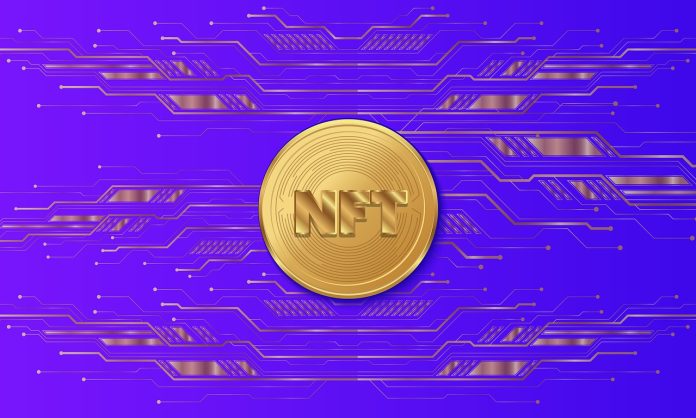
Thanks to non-fungible tokens (NFTs), the world of art may never be the same again. The digitization of art has long been a common practice. Still, thanks to NFTs, digital artists can now establish a more significant and fairer stream of revenue, cutting out intermediaries and ensuring a more direct engagement with their fanbases.
For art collectors, NFTs ensure transparent ownership of art pieces and minimize the risk of duplication and fraud, a common occurrence in the traditional art industry. But what if both the traditional and digital art could combine and mix the best of each? Could NFTs be responsible for such a merger?
NFTs on display
Art galleries and museums around the world have begun hosting NFT exhibitions. Not only is NFT art being displayed in physical museums, like the London HOFA Gallery who hosted six culturally iconic CryptoPunks for sale, but also in 3D virtual galleries and metaverses.
One good example was the 3D virtual exhibition of the “Celestial Hermitage” NFT collection, which was hosted by the second-largest museum in the world, the Russian State Hermitage Museum.
However, NFTs need to become more accessible to a more mainstream audience to bridge this gap between traditional and digital art effectively. The demand for the NFTs is high, and platforms like 3space aim to facilitate accessibility to NFTs by displaying art ‘physically’ in events and exhibitions.
3space
3space is an NFT platform designed to bring NFT art into the real world. The 3space ecosystem has its own marketplace, which allows fiat purchases of NFTs and, thus, facilitates people unfamiliar with crypto to have access to NFTs.
The platform also rewards users for staking their NFTs on the platform. NFTs staked in the Art Pool, one of the unique features of 3space, will allow its owners to lend commercial rights of an NFT to a certain museum, person, or company. In doing so, artists and collectors are rewarded with $PACE, the platform’s utility token, and can reaper the rewards of having their NFTs displayed to a wider audience.
Through its unique features and design choices, 3space has the potential to move adoption forward and bring more liquidity to the NFT market. It allows artists and collectors to have greater exposure for their work, thanks to exhibitions in museums and galleries, while also enabling them to decide the distribution of profits from sales and distribution how they see fit.
The digital revolution
As the 4th industrial revolution begins to take shape, the lines between the physical and virtual will start to blur. Ultimately, NFTs will be a big part of metaverses, sports leagues and collectibles, gaming, and many other industries.
As the projects like 3space help the NFT industry mature, we can expect a revolution that will see NFTs become more present in museums, art galleries, and everyday life.
Are NFTs cannibalizing physical art movement?
It might be too early to speculate if NFTs will overtake a large portion of the art industry. If that were to be the case, however, it would take a few years before NFT art became dominant. Painting and physical art pieces will always have a place, similarly to how newspaper and books are still sold.
As we move towards the 4th industrial revolution, digitation of content will be the norm.
However, the space is growing at a fast pace thanks to projects like 3Space.
, but one that does stand out and gives us a glimpse of the future of NFTs is 3space.
People in the crypto space have started treating and valuing NFTs as physical artworks. Thanks to the scarcity, verifiable ownership, and provenance that NFTs bring to the table, NFTs would become more prominent in increasingly digital lives. Integrate 3space.art into the article.

TheBitcoinNews.com – Bitcoin News source since June 2011 –
Virtual currency is not legal tender, is not backed by the government, and accounts and value balances are not subject to consumer protections. TheBitcoinNews.com holds several Cryptocurrencies, and this information does NOT constitute investment advice or an offer to invest.
Everything on this website can be seen as Advertisment and most comes from Press Releases, TheBitcoinNews.com is is not responsible for any of the content of or from external sites and feeds. Sponsored posts are always flagged as this, guest posts, guest articles and PRs are most time but NOT always flagged as this. Expert opinions and Price predictions are not supported by us and comes up from 3th part websites.
Advertise with us : Advertise
Our Social Networks: Facebook Instagram Pinterest Reddit Telegram Twitter Youtube










